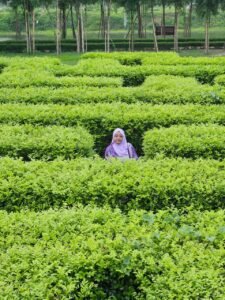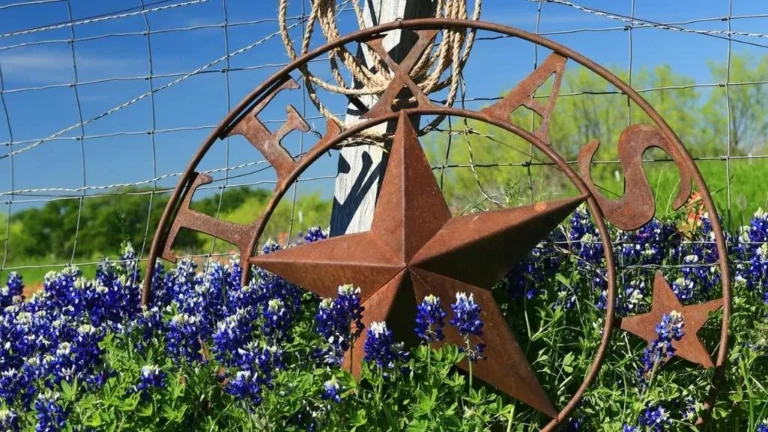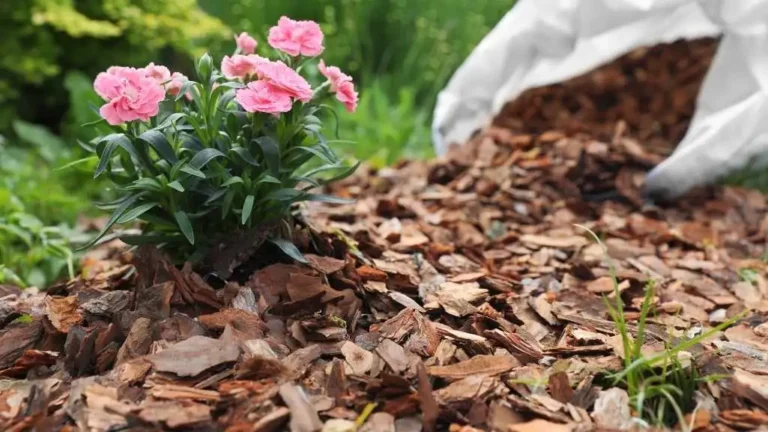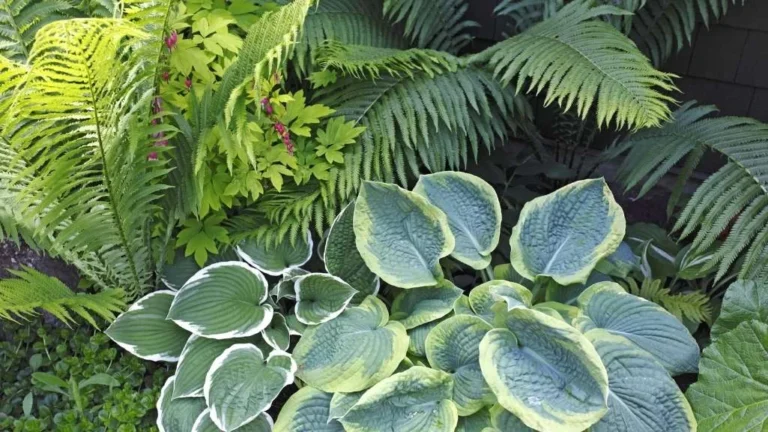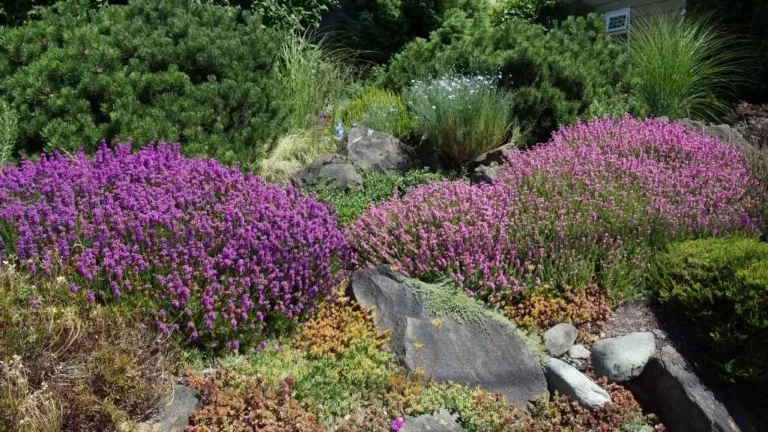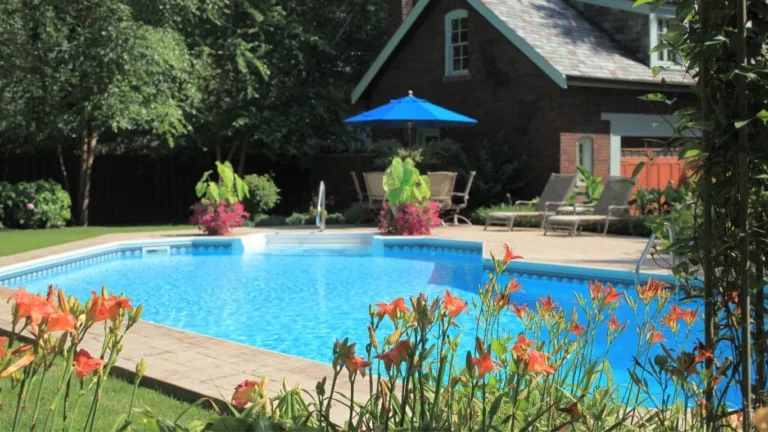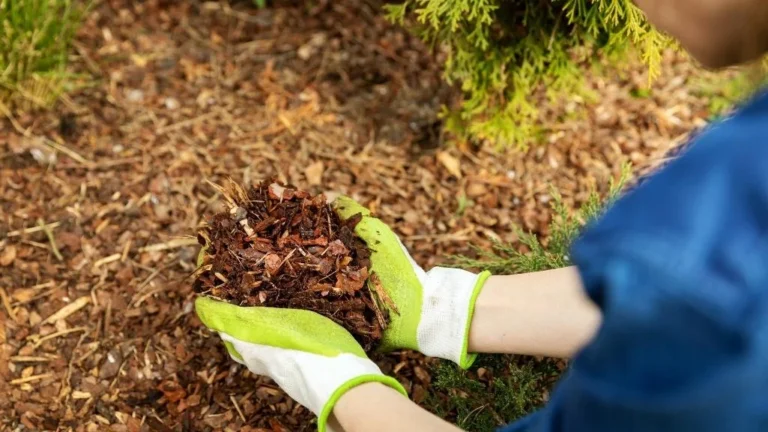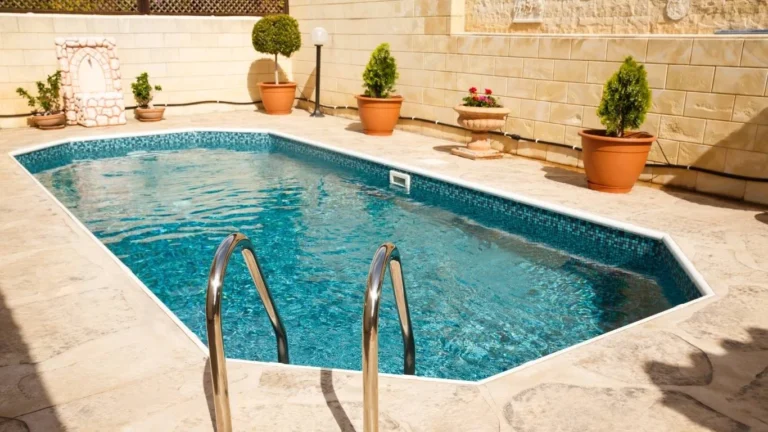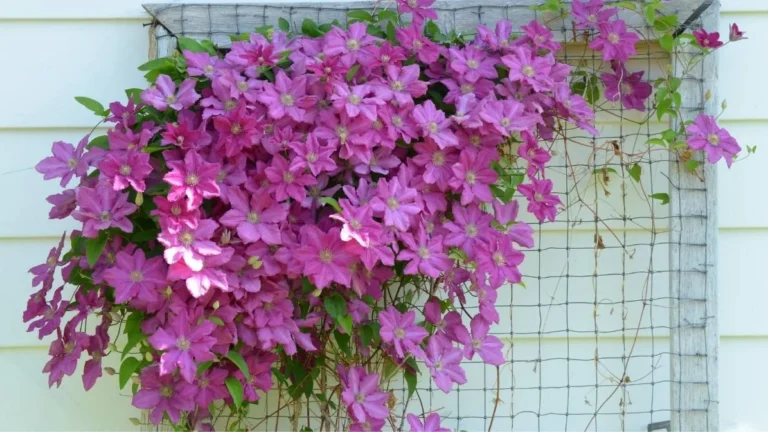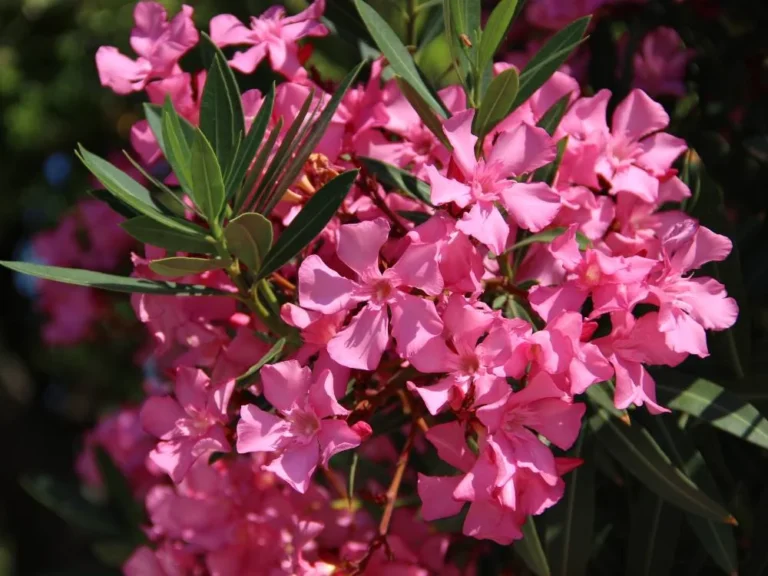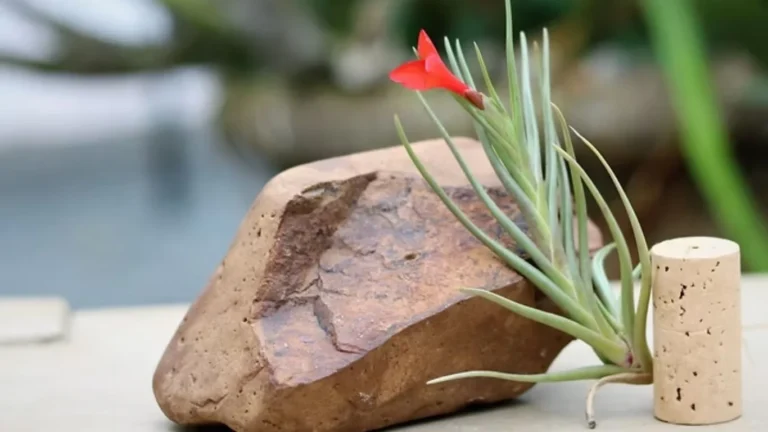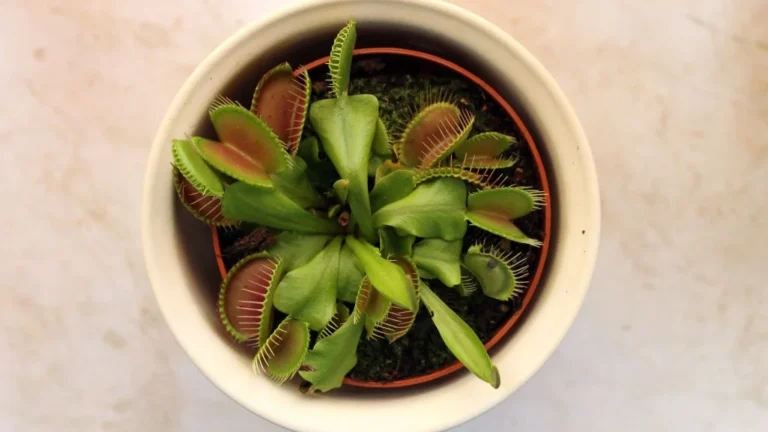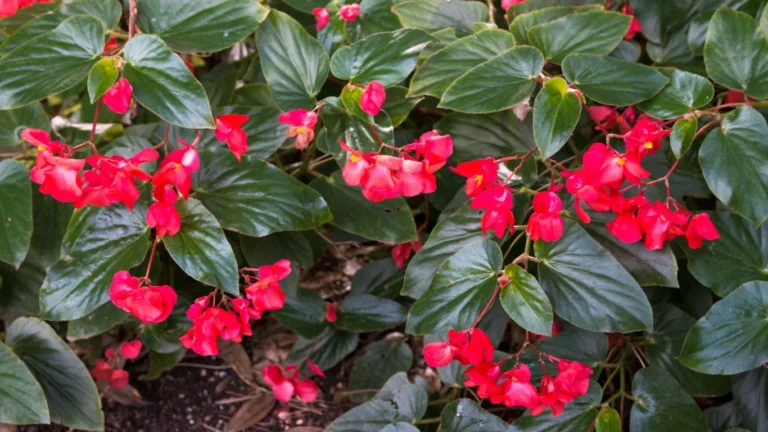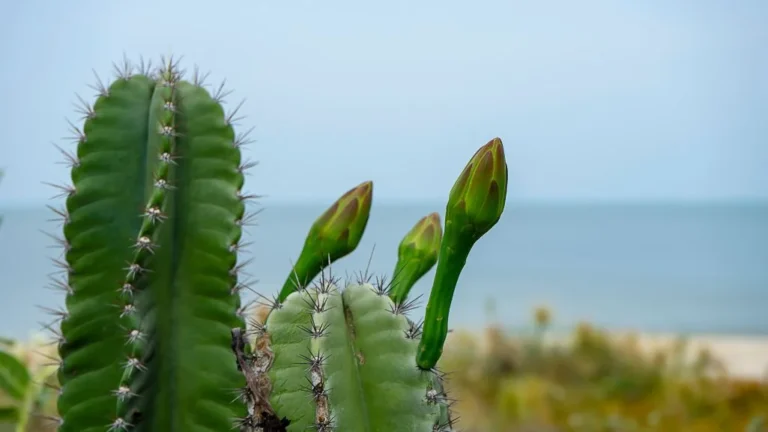Jade Plant Features
Scientific name | Crassula ovata |
Family | Crassulaceae |
Common names | Money plant, Dollar plant, Crassula, Friendship tree, Lucky plant |
Native | Africa |
Hardiness Zone | USDA 11 to 12 |
Caution: Jade plants are toxic to pets.
Appearance
Leaves
Jade plants typically have thick, fleshy, dark green, oval-shaped leaves that grow in opposite pairs along woody textured stems. When exposed to direct sunlight, the leaves often have a red border on the edges.
Height
This plant can grow up to 2-5 feet and 2-3 feet wide in the right environment. This plant is a great choice for making a bonsai.
Types of Jade Plant
Commonly seen kinds of jade plants are Crassula ovata, Variegated Jade, Hobbit Jade, Botany Bay Jade, Mini Jade, Silver Dollar Jade, String of Buttons, Crassula Campfire, Gollum Jade, Hummel’s Sunset, Baby Jade, Ripple Jade.
Growing Conditions
Requirements for jade at a glance
Elements | Requirement |
Sunlight | Bright indirect sunlight |
Temperature | 65–75 degrees Fahrenheit on the day 50–55-degree Fahrenheit at night |
Humidity | 40-50% |
Soil pH | 5.5 -6.5 |
Soil mixture | Well-drained and easy to dry |
Container | Small container with good drainage |
Water | When soil dries out completely |
Fertilizer | Once a month in summer and spring |
Note: Soil pH level indicates how acidic or neutral the soil is. On a scale of 1 to 10, 7 means neutral. A pH value of less than 7 indicates more acidity and a pH value of more than 7 indicates more basicity. Jade plant requires acidic soil.
Soil Mixture
A well-drained soil is necessary for a jade plant that helps avoid waterlogging. The ideal potting mix of jade plants contains 50% cactus soil, 20% Coarse Sand, and 25% perlite/ vermiculite/pumice stone (ensure aeration and insulation in the potting mix). A tiny amount of fungicide can be mixed to avoid any fungal disease.
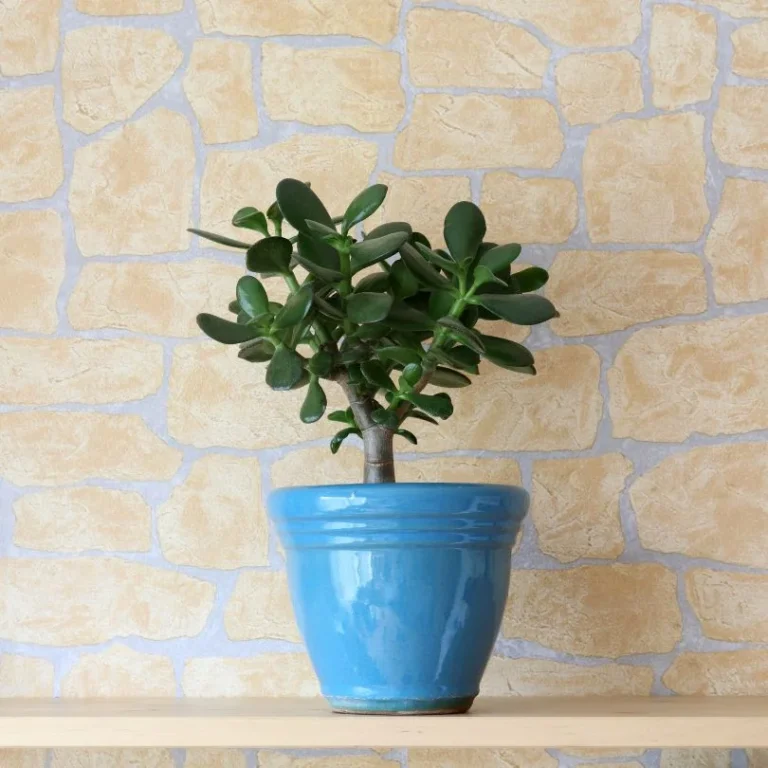

Container
Jade plants like small pots (as they have small roots and big pots hold large amounts of water, which can lead to root rot) with a well-draining system. Containers made of clay, terracotta, and plastic materials are suitable for this plant as long as there are drainage holes. I like to use clay and terracotta pots for jade because they are ideal for jade plants as they excel in moisture regulation and aeration, promoting healthy growth and preventing overwatering. Their porous nature allows for better airflow to the roots and helps maintain optimal soil conditions, contributing to the overall well-being of the plant.
Sunlight
Jade plants thrive in bright indirect sunlight; direct sunlight can burn the leaves. 2-3 hours of morning/afternoon direct sunlight works best for this plant. In low light conditions, but day by day, its growth will hamper and take a leggy shape. So, in an indoor environment, keep the plant beside the window where the plant gets at least 4-6 hours of bright indirect sunlight throughout the day. If no bright light is available in the house, the plant can also thrive below grow lights.
Water
Jade plants hold water in their stems and leaves, so they do not require much water. Moreover, excess water can cause root rot and eventually kill the plant. So, it is best to let the soil dry completely before watering. One can do a finger dip test or use a moisture meter to check the soil’s moisture level and then decide whether to provide water. You can also observe the leaves before determining whether to provide water. When the leaves get soft and mushy, it means the plant needs water. Generally, this plant requires water every 10-12 days, but it can vary according to the temperature and humidity. In the hot summer, the requirement for water increases, whereas in winter, the requirement goes down. After watering, keep the plant dry and ensure the water does not sit on the soil.
Fertilizer
Jade plants do not require too much fertilizer like other succulents. A nitrogen-based water-soluble fertilizer can be used monthly in its growing period (summer and spring). NPK (Nitrogen, Phosphorus, Potassium) 10-10-10 can be mixed with water according to the instructions on the packet. Avoid putting fertilizer in the plant’s dormant period, winter and fall.
Re-potting
Repotting is a crucial aspect of plant care, typically undertaken every 2-3 years for jade plants or when roots start peeking through the soil. It’s best executed during warmer months to aid plant adjustment. The process involves choosing a slightly larger container, gently removing the plant from its current pot, and inspecting roots for any issues. After gently removing old soil and placing the plant in its new home, fresh potting mix is added, ensuring the root ball is secure. Adequate watering and post-repotting stability are essential for plant health, with regular care resuming after a brief adjustment period.
Pruning
To encourage branching and propagating, pruning is done for jade. Summer and spring are the best season for pruning this plant.
Pest
Jade plants can be attacked by pests in both indoor and outdoor environments. The common pests that may attack the plant are mealybugs, spider mites, aphids, scale insects, and fungus gnats.
Things to do when you see any pests
- Immediately separate the plant from other plants.
- As the jade plant is sensitive to insecticidal elements, remove the pests using a soft cotton damp fabric.
- In the case of fungus, gnats repot the plant.
Other Common Issues
Leaf dropping, mushy leaves and stems, brown spots, droopy leaves, leggy growth, yellow leaves, and root rot are common issues in jade plants.
- Leaf dropping is a sign of stress because of overwatering or underwatering. Observe the plant closely to find the reason. If the leaves are soft and mushy and the soil is soggy, it is a sign of overwatering. On the other hand, wrinkled/ shriveled leaves indicate underwatering.
- In the case of jade plants, leggy growth and droopy leaves mean the stem is getting larger compared to the number of leaves. This situation occurs when the plant does not get enough sunlight.
- The brown spot indicates excessive sunlight. Though this plant loves sunlight, the sunlight should be softer. I recommend putting the plant where it gets morning or afternoon sunlight.
- Yellow leaves and root rotting both occur because of overwatering or waterlogging. In this case, the plant needs repotting. While repotting, remember to trim off the rotten roots. Yellow leaves should be removed by pinching.
Propagation
Jade plant propagation is an easy process. In propagation, one must be careful about the season; jade plants must not be put for propagation in the winter and fall seasons. The propagation process is done in late spring and summer. You can propagate jade plants in two ways.
- Stem cutting
- Leaf cutting
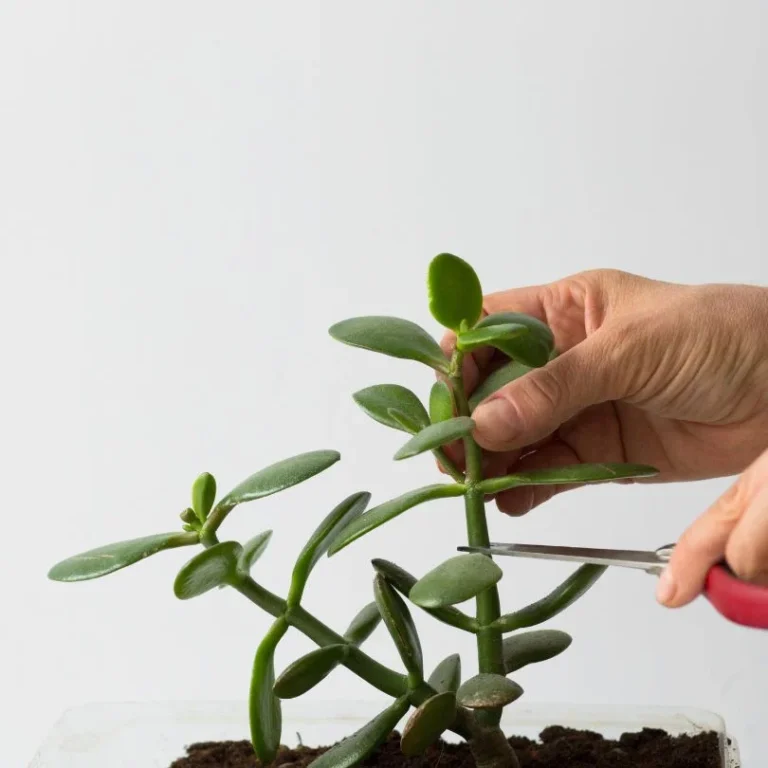
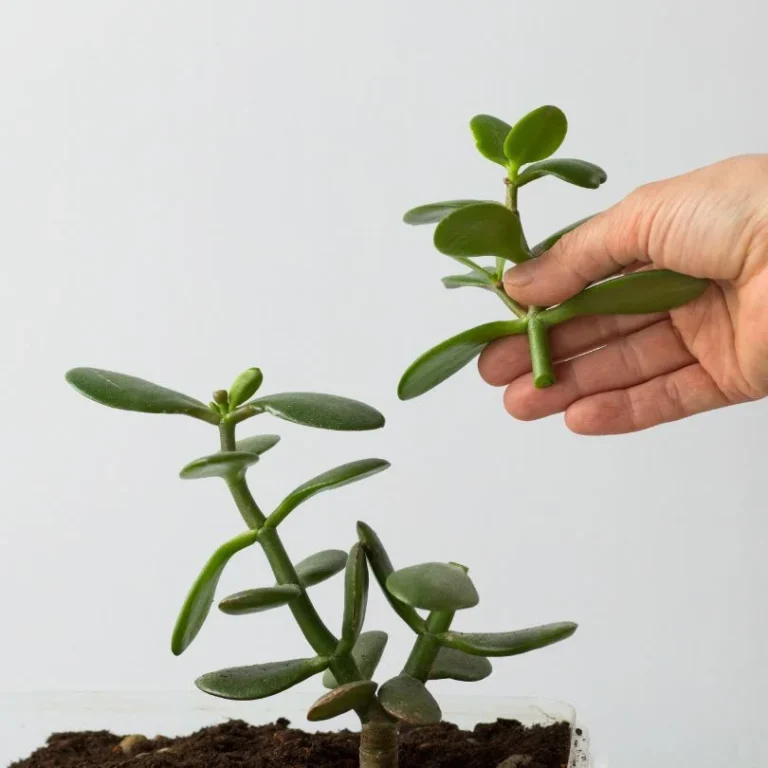
Stem Cutting
It is mainly used as a successful method of propagation. The steps are as follows:
- First, take a sharp knife or a pair of scissors and sterilize it with rubbing alcohol.
- Choose a healthy stem and cut it with 3-4 nodes (where the leaf joins with the stem).
- Remove the leaves from the lower part of the stem.
- Dipping the end part of the stem in root hormone for fast root growth is optional.
- Now put the cutting in water or a well-drained potting mix made with half soil or coco-peat and the other half with perlite.
- Keep the soil moist consistently and provide indirect bright light.
- Roots will be visible within a few weeks
- Once the roots are established, the new saplings are ready for transplanting into a well-drained potting mix.
Leaf-cutting
As jade is succulent, it can be propagated successfully from leaves like other succulents.
- Select a healthy stem from the mother plant. Then, remove a leaf from the lower part of the stem, as the stems from the lower part of the leaves are more mature than the upper part’s leaves.
- You can dip the leaf end into root hormone for fast root growth, which is optional.
- Now put the cuttings in the potting mix according to the mentioned process.
- Keep the soil moist consistently but not soggy and provide indirect bright light.
- Once the roots and baby plant become visible, start caring like mature ones.
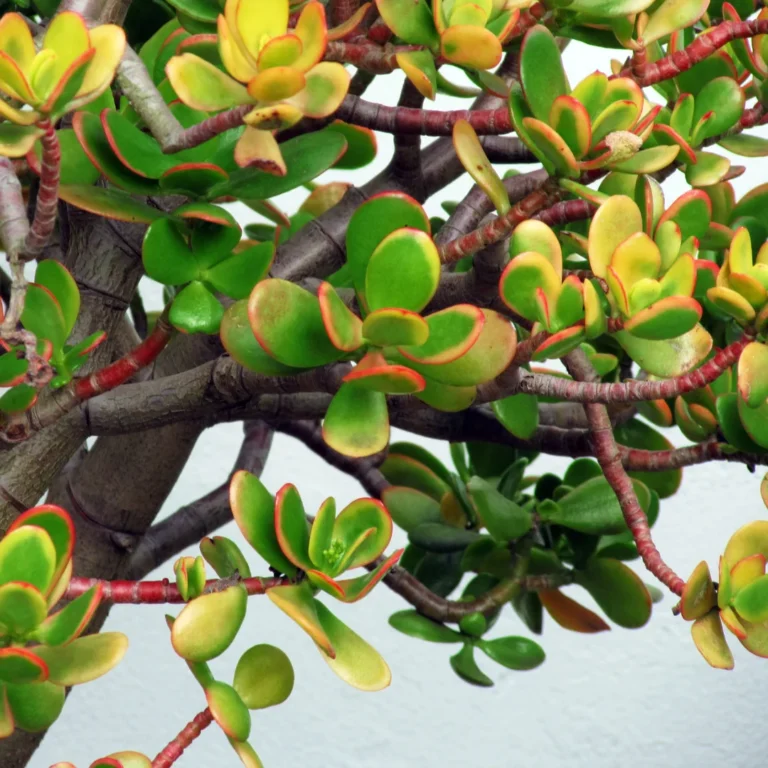
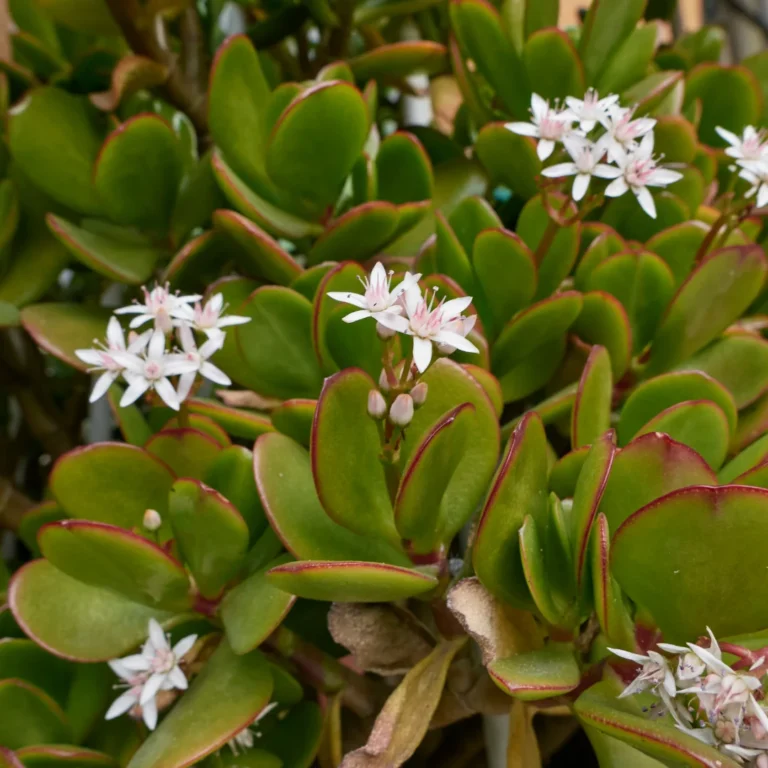
Tips for Jade Plant
- Ensure 4-6 hours of bright indirect sunlight.
- Prune the tip of the stem to encourage branching.
- Try to put your jade plant in an open space where the plant does not come into contact with persons or other plants.

